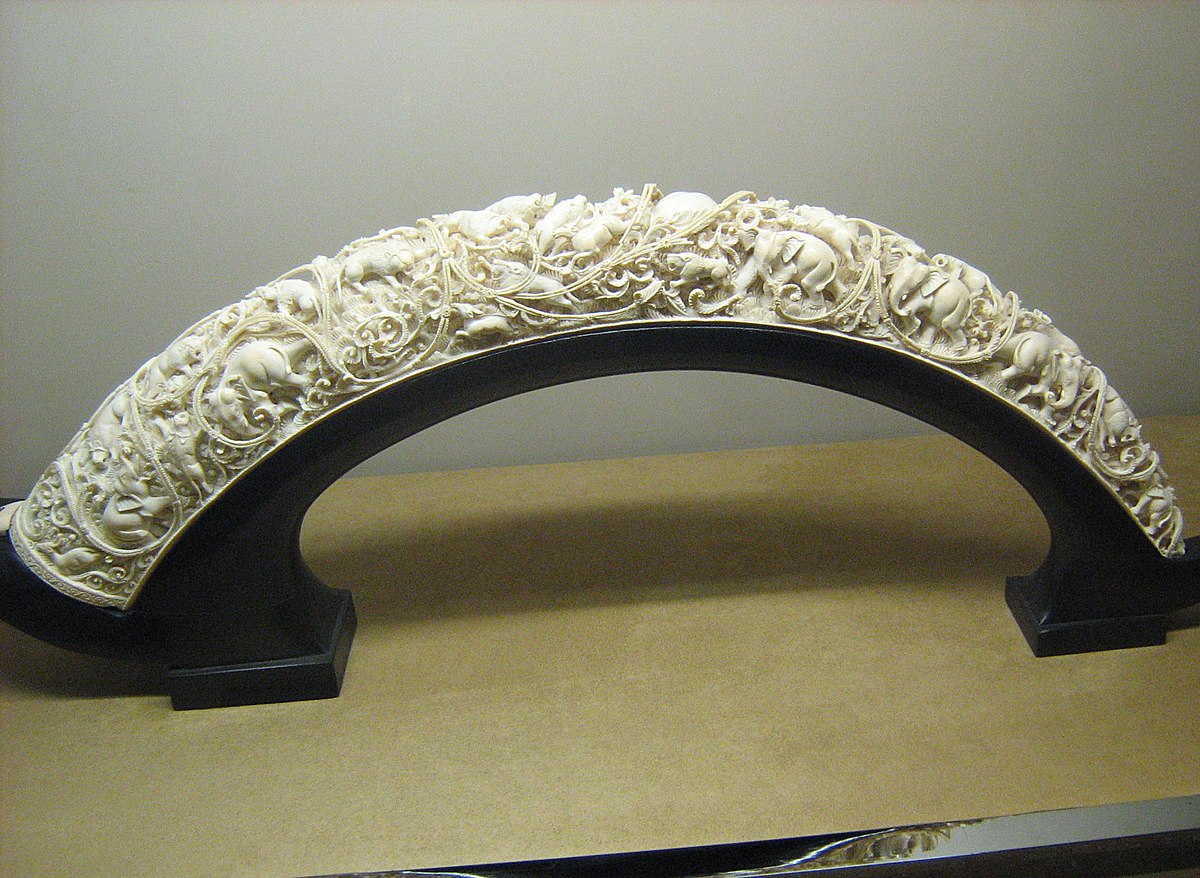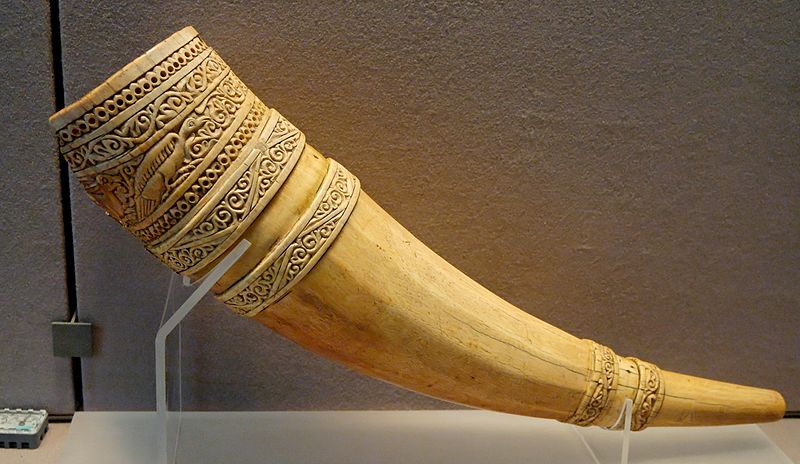The Ivory Peacock - A Cultural Gem
Imagine something truly special, a material that has, for countless generations, captured the hearts and hands of people all over the world. It’s a substance that comes from nature, holding a particular kind of allure, a sort of quiet elegance that draws you in. This material, in its very essence, has been shaped into objects of incredible beauty and deep meaning, a testament to human skill and what we value. It’s a story, you know, that spans across continents and through the long stretch of time.
When we think about precious things, we often think of sparkle or rarity, maybe something that shines brightly. But there is this one natural item, taken from certain animals, that offers a different kind of richness, a more subtle appeal. It's not about being flashy; it's more about a smooth, cool feel and a pale, gentle color that has inspired artists and makers for centuries. This substance, you see, has a long story, one that reaches back through time, connecting us to the past in a very real, very tangible way, almost like holding history in your hand.
And so, we arrive at the idea of "the ivory peacock," a way to picture the very best of what this material can become. It's not just about the animal or the material itself, but about the amazing creations that have come from it, the pieces that stand out as true works of art, things that have been admired for ages. These are things that show us the skill of those who made them, and what those items meant to people then, and even now, giving us a peek into past lives and values.
Table of Contents
- What is the Essence of the Ivory Peacock?
- Why is the Ivory Peacock So Prized?
- What Forms Does the Ivory Peacock Take?
- How Does the Ivory Peacock Show Its Artistry?
What is the Essence of the Ivory Peacock?
To truly appreciate the idea of "the ivory peacock," we ought to first get a good sense of what ivory actually is. You know, it's a solid, pale material, usually a creamy white, that comes from the long, pointy teeth or tusks of certain creatures. This stuff is mostly made up of something called dentine, which is a key part of what makes up teeth and tusks, basically the main building block. It’s like the strong, firm inner structure that gives these parts their shape and resilience. So, too, it's almost a natural wonder, how something so strong can also be so lovely to look at, holding a gentle glow.
This particular kind of dentine, especially the sort found in an elephant's tusk, has been thought of as very valuable for a very long time. People have admired it for how pretty it is, for how long it lasts without breaking down, and for how well it can be shaped and carved into intricate forms. It’s not just a simple material; it’s a substance that holds a lot of history and meaning within its very structure, allowing for very detailed work. The way it holds its form, even with very fine cuts, is pretty remarkable, giving artists a lot of freedom.
Where Does the Ivory Peacock Begin?
When we talk about where this pale, firm material comes from, we are usually thinking about the tusks and teeth of elephants. But actually, it comes from a whole bunch of other creatures too, which might surprise some people. Think about hippopotami, with their big teeth, or walruses, known for their long, prominent tusks. Even warthogs, sperm whales, and narwhals contribute to this material, each with their own unique dental structures. And, you know, it even came from animals that are no longer with us, like the huge mammoths and mastodons that roamed the earth a very long time ago, leaving behind these ancient treasures. So, it's pretty clear that its origins are quite broad, stretching across different species and through deep time.
The tusk itself, by the way, is a special kind of tooth – an upper incisor, to be exact, that just keeps on growing throughout the animal's life. This constant growth is part of what makes these large pieces of material available, allowing for bigger and more impressive works to be made. It's a pretty unique feature of these animals, really, that their teeth continue to extend and develop over many years, providing a continuous source of this particular kind of dentine. This steady supply meant that, for a long time, there was material available for all sorts of uses.
/african-ivory-products-confiscated-by-us-fish-and-wildlife-service-128111495-5b5ce1b846e0fb005067316a.jpg)
A Brief History of the Ivory Trade in Africa

Ivory (color) - Wikipedia

El Cid Gallery : How to take care of Ivory?